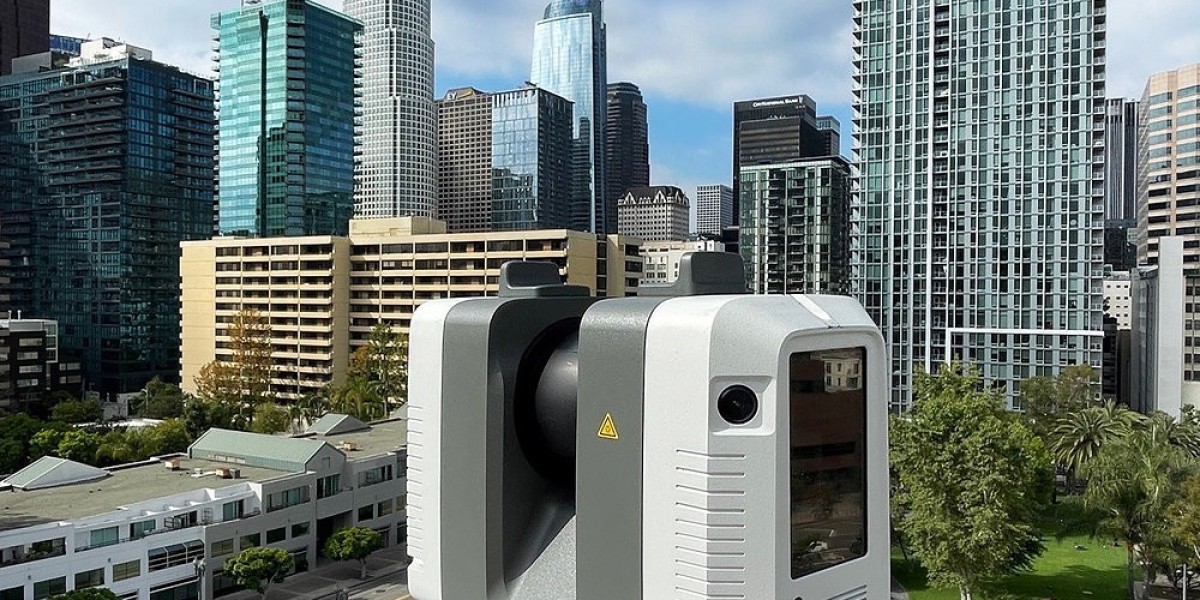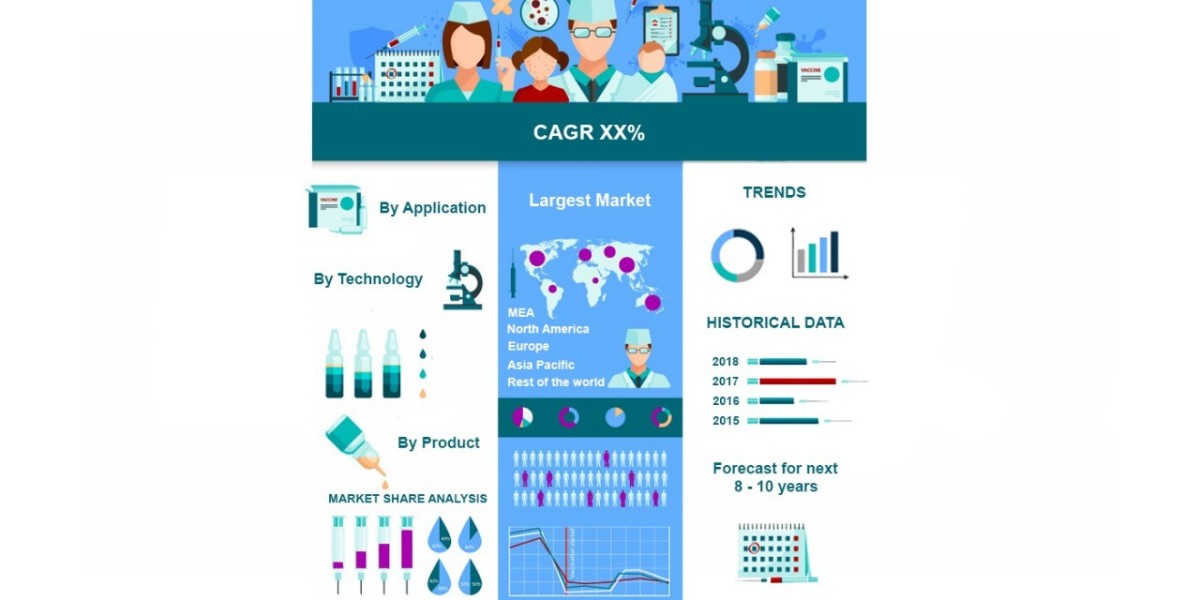Point Cloud to BIM (Building Information Modeling) services play a crucial role in modern construction, renovation, and facility management. By converting high-density 3D laser scans into accurate digital BIM models, professionals can achieve enhanced project planning, design validation, and streamlined workflows. This service is particularly beneficial for architects, engineers, and contractors working on complex structures where precision is key.
What is Point Cloud to BIM?
Point Cloud to BIM is a process that involves capturing real-world structures using 3D laser scanning technology and converting the collected point cloud data into intelligent, data-rich BIM models. The process ensures that the existing conditions of buildings, infrastructure, and industrial facilities are documented with high accuracy, eliminating the need for traditional manual measurements.
Beyond accuracy, this method significantly reduces the time required for project initiation by providing a detailed and reliable foundation for design and analysis. Traditional surveying methods often involve extensive manual effort, but Point Cloud to BIM streamlines the process, enabling faster decision-making and reducing project delays.
Additionally, Point Cloud to BIM supports sustainability and cost efficiency by minimizing material waste and rework. With a precise digital representation, project stakeholders can make informed choices, optimize resources, and prevent costly errors during construction and renovation phases.
The Process of Point Cloud to BIM Conversion
3D Laser Scanning: High-precision laser scanners capture millions of data points from a physical site, creating a detailed point cloud representation.
Data Processing: The raw point cloud data is processed, cleaned, and aligned to create a structured dataset.
BIM Modeling: Using software like Autodesk Revit, the point cloud is converted into a 3D BIM model that includes walls, floors, roofs, MEP systems, and structural components.
Quality Assurance & Validation: The final BIM model is checked for accuracy, completeness, and compliance with project requirements.
Delivery & Integration: The BIM model is delivered to the client in a suitable format, ready for use in design, analysis, or facility management.
Applications of Point Cloud to BIM
Renovation & Retrofit Projects: Accurately mapping existing conditions for restoration and upgrades.
Heritage Conservation: Preserving historical structures by creating digital twins for maintenance planning.
Clash Detection & Coordination: Identifying conflicts between different building systems to prevent costly rework.
Facility Management: Assisting asset managers with real-time data for space planning and maintenance.
Infrastructure & Industrial Projects: Enhancing the efficiency of plant design, oil & gas facilities, and transportation infrastructure.
Benefits of Point Cloud to BIM Services
Precision & Accuracy: Eliminates human errors associated with manual surveying.
Time & Cost Savings: Reduces site visits and rework by providing an accurate digital representation.
Enhanced Collaboration: Facilitates coordination among multiple stakeholders with a centralized BIM model.
Better Decision-Making: Offers valuable insights for design, construction, and operations.
Seamless Integration: Compatible with multiple BIM platforms, ensuring smooth interoperability.
Conclusion
Point Cloud to BIM services have revolutionized the way construction and facility management professionals work by providing accurate, intelligent, and data-driven models. Whether for renovation, new construction, or asset management, leveraging this technology ensures efficiency, accuracy, and better project outcomes.









